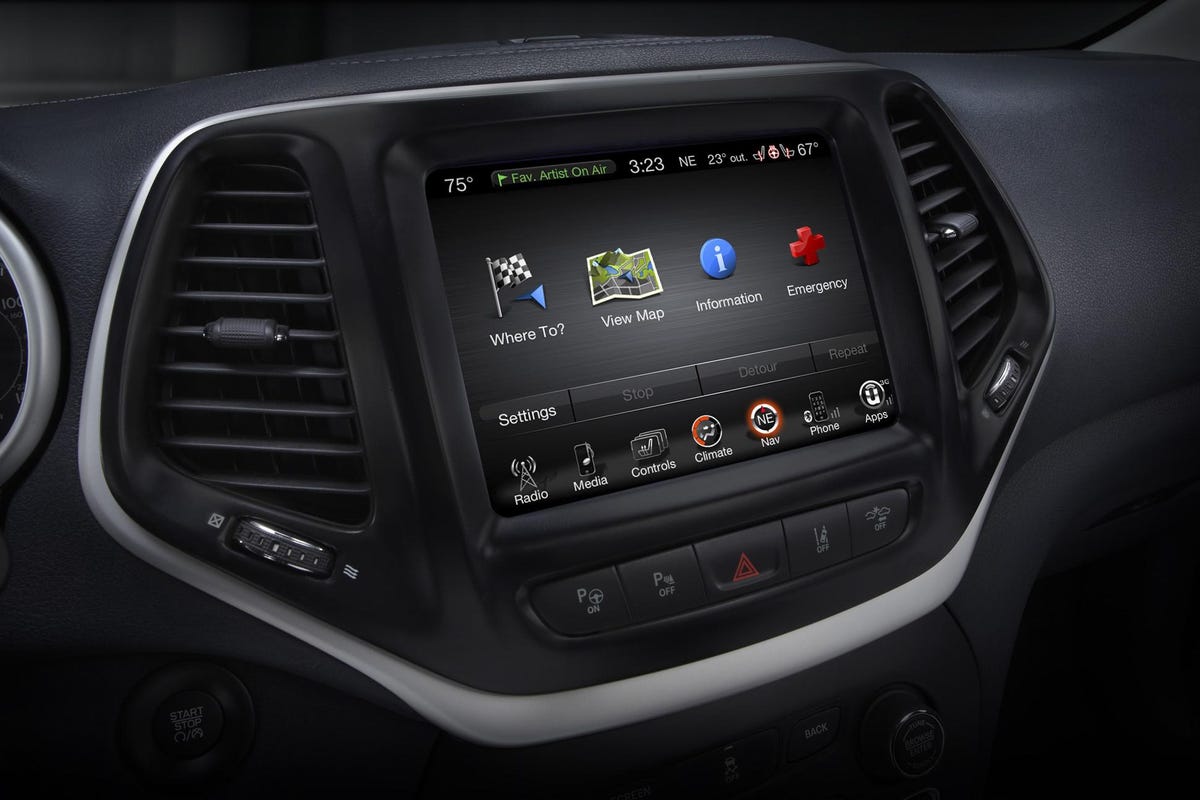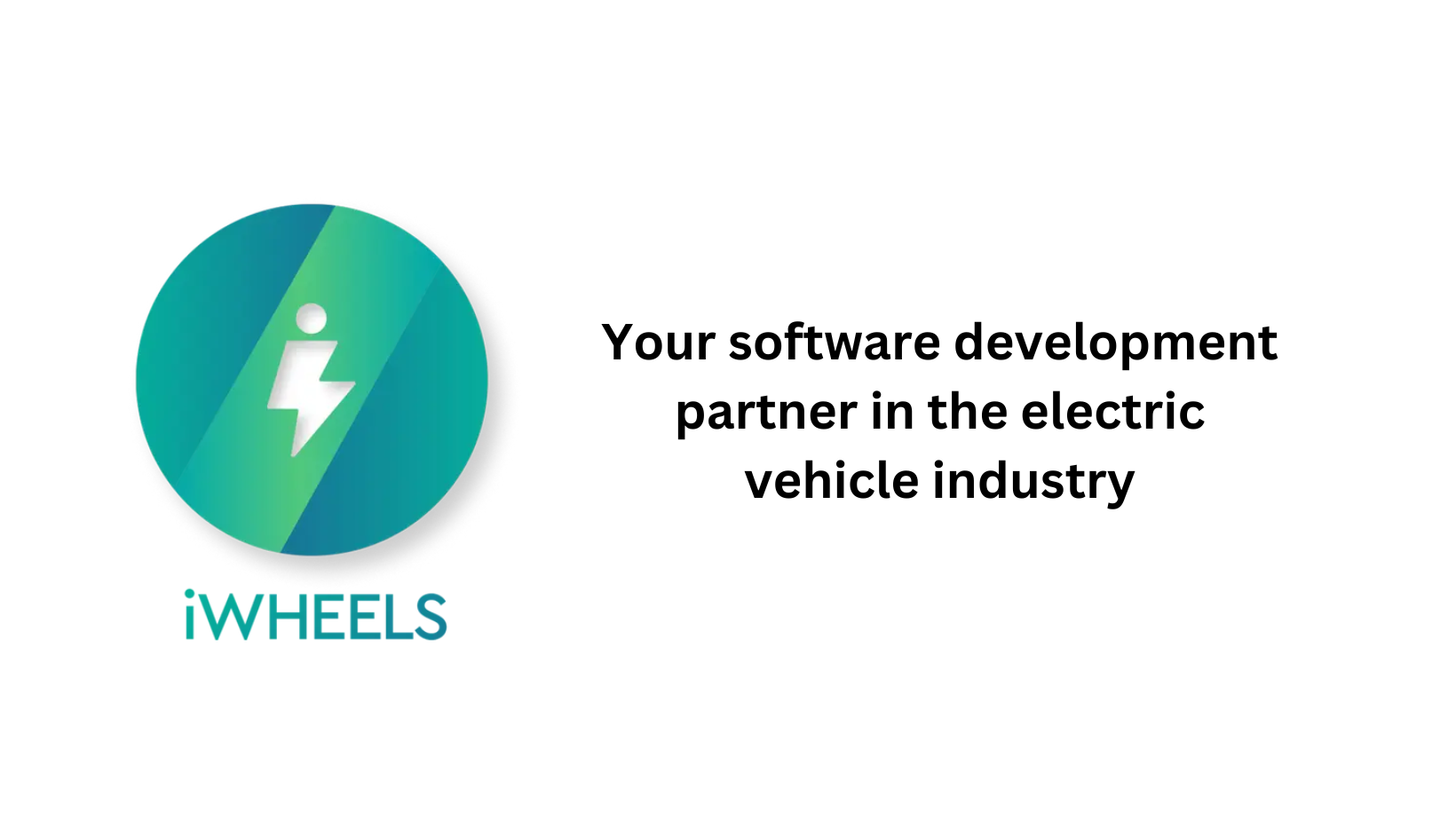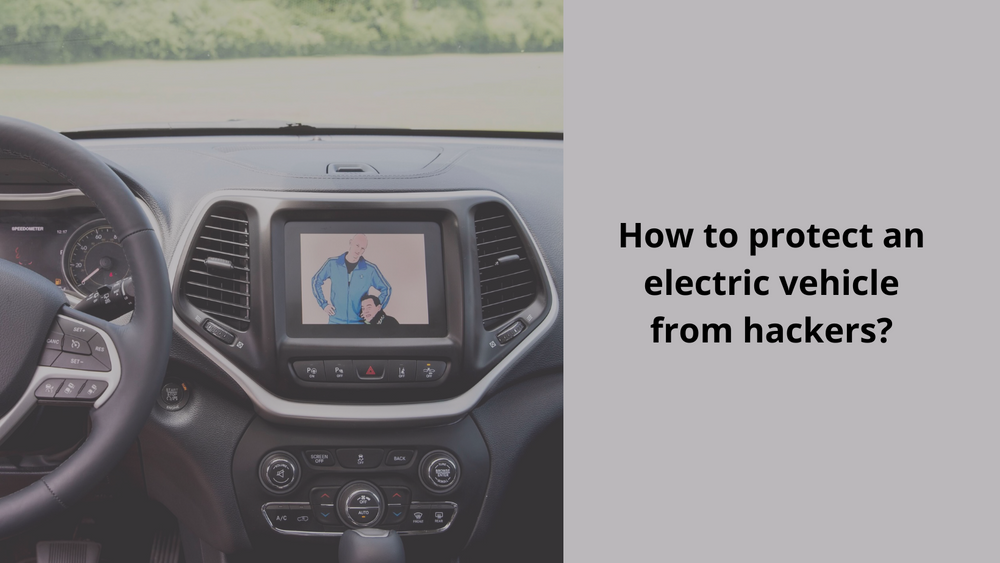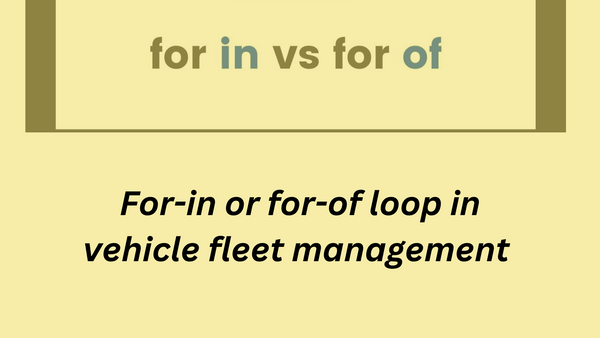How to protect an electric vehicle from hackers?
Hello People. This article is about how to protect an electric vehicle from hackers? Having your credit card account hacked can be devastating. Similarly, having your new electric vehicle hacked could be disastrous. Protecting the cybersecurity of electric vehicles is very important.
Increasing connectivity between electric vehicles, charging stations and smart grids exposes the electric vehicle to cyberthreats. Since electric vehicles plug into the grid to charge batteries, they are more vulnerable to cyberattack than conventional internal combustion engine vehicles.

The safety stakes remain much higher if a moving vehicle is hacked. Through a charging station, an attacker could circumvent the vehicle control systems, which could lead to life-threatening consequences such as disabling brakes, turning off headlights or taking over steering.
Are you looking to start your business in the electric vehicle industry? We provide software development, web application development, mobile application development, charging stations management app, electric vehicle fleet management software development, cyber security and all software services. Please check our home page here https://iwheels.co/

Ok. Let's get back to the article.
In-vehicle infotainment systems that deliver entertainment and useful information to the driver and the passengers through audio/video interfaces, touch-screen displays, button panels and voice commands are a prime target for attackers. Criminals could trick users into providing them access to personal information. They could even use low-security apps to lock, unlock and locate a car and in some cases even turn on the vehicle remotely.
Unprotected Bluetooth devices and MP3 players are the other security loopholes in computerized car systems. Attackers can use these as entryways, disguising a potential virus or malware as a music track and compromising the system when the user hits play button.
Hackers can also significantly reduce efficiency of electric vehicles, causing faster deterioration in power capability and battery life, thus shortening the time and distance between charging. Highly skilled attackers can potentially cause severe damage, such as decreasing battery capacity and energy by up to 50 percent, using sophisticated methods hardly detectable by the human driver.
Safeguarding your online activities by encrypting your data, hiding your IP address could protect your e-vehicle from hackers. The use of reliable VPN services will become very important.
Implementing digital signatures in e-mobility infrastructure could be an effective solution. These communication controls provide much-needed confidentiality, integrity, and accountability for messages.
Freight on Board (fob) keys should be stored in an enclosed metal box to prevent cloning or message relaying. Ensure that your Over-The-Air (OTA) vehicle data, firmware updates, safety-critical inter-Engine Control Unit (ECU) communications are all encrypted.
Some safety measures include installing firewalls, implementing whitelisting, and blacklisting of the Engine Control Unit (ECU) messages to prevent unsafe commands from being transmitted, network traffic monitoring.
Monitoring the chain of communication between an EV, its apps, and the telematics server is also a reliable way to enforce rigorous protection over telematics data.
Electric vehicles (EVs) use smart grid communications through service networks. Viruses can propagate among electric vehicles (EVs) and Electric Vehicle Supply Equipment (EVSE) networks.
Moreover an infected EV can communicate with its connected charging station. There is the risk that malware can spread from this point to a network of other vehicles and the electric grid. EV owners should ensure network segmentation should be employed between EVs, their charging points.
Using secure APIs is one solution. Electric vehicles use Application Programming Interfaces (API) to access third-party applications and software. It is critical to ensure these entry points are layered with security and authentication features.
Use software like OAuth Device Flow which address cloud-based security vulnerabilities for car systems. It allows users to sign into their car’s system through a secondary device, ensuring that the right user is in control of the system. It also integrates threat detection features and multi-factor authentication for greater security.
Use virtual private networks (VPN) to create a more secure connection. VPNs offer multi-layered security and several protection protocols to provide anonymity to online users.
Make sure to turn off smart devices when you’re not using them. Also, updating your car’s software is essential. Car manufacturers regularly introduce updates to vehicle software systems to fix issues and patch vulnerabilities, so remember to sign up for your manufacturer’s update reminders and software patches.
Hope this article on How to protect an electric vehicle from hackers is useful to you. To read about jobs in the Electric Vehicle Industry, please visit Job opportunities in Electric Vehicle Sector and its Charging Infrastructure industry




